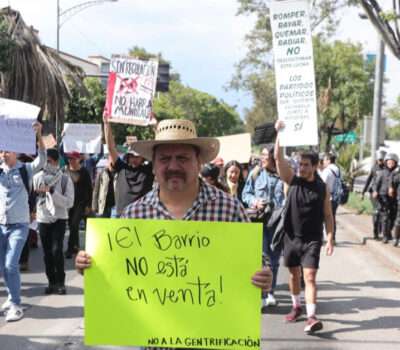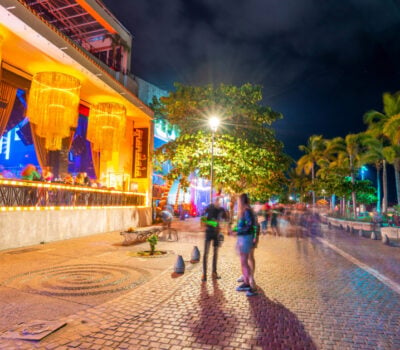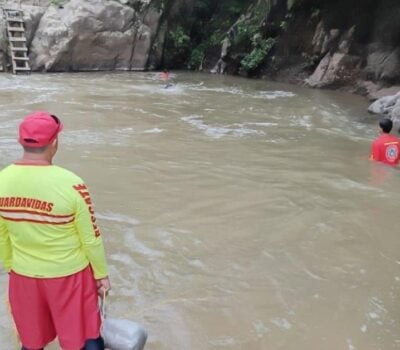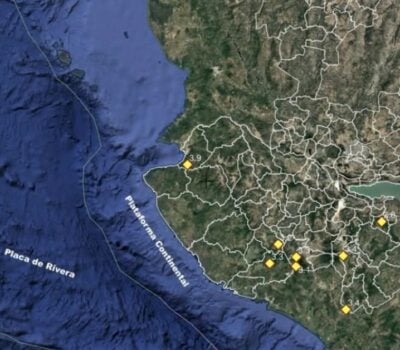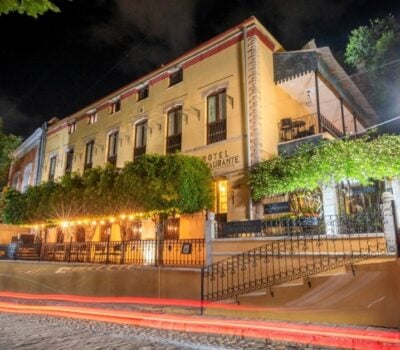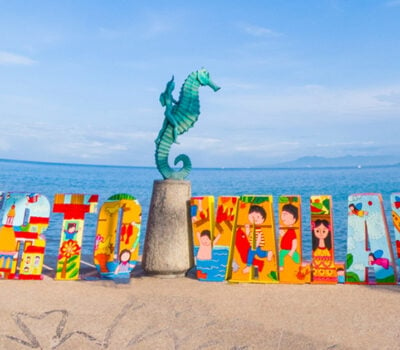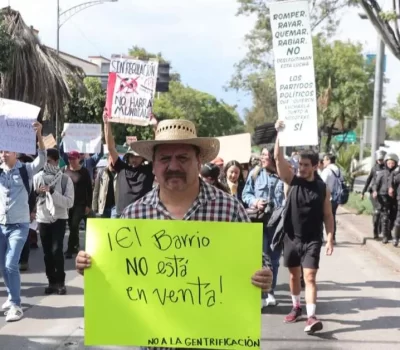President Claudia Sheinbaum unveils Mexico tourism plan 2030 to boost international arrivals by 40% and secure fifth place globally through strategic investments and major events.
President Claudia Sheinbaum Pardo has set an ambitious target: under the umbrella of the Plan México, the country will jump from sixth to fifth on the list of the world’s most visited destinations by 2030. Achieving this milestone will require a 40 percent increase in tourist arrivals and a broad set of policy measures and investments designed to strengthen Mexico’s appeal across all regions.
Tourism already ranks as Mexico’s third-largest source of foreign exchange, and recent data highlight a strong upward trend. From January through April 2025, the industry generated a record 13.311 billion USD in revenue, up significantly from the same period in 2024. International arrivals reached 31.5 million—a 13.3 percent increase—with 15.6 million overnight tourists (+6 percent) and 4.1 million female visitors (+5 percent), a demographic surge underscoring that “it’s Women’s Time” in Mexican tourism.
Visitor engagement with Mexico’s cultural assets also climbed. Museums welcomed 4.4 million guests, cruise lines carried 4.3 million passengers, and archaeological sites drew 3.7 million explorers. In parallel, the sector sustained 5 million direct jobs—a historic high—while international flight capacity grew by 4.6 percent. The United States remained the top market, delivering 5 million tourists (+6.9 percent), closely followed by a record 1.5 million Canadians (+13 percent).
To underpin this growth, the administration has launched a National and Foreign Tourism Investment Portfolio for 2025–2030 totaling 20 615 million USD across 282 projects in 22 states. Of that, 41.7 percent is foreign capital and 54 percent is domestic, targeting hotel expansions, sustainable service certifications, and regional infrastructure to diversify offerings beyond traditional beach and urban markets.
Reaching the fifth‐place goal demands adding roughly 3 million visitors annually, alongside key performance increases: a 46 percent rise in international tourism revenue; 12 percent more hotel rooms; 27 percent growth in tourism employment; 9 percent expansion in tourism GDP; 9.8 percent uptick in domestic travel; a 31.5 percent boost in certified sustainable providers; a 3.3 percent lift in average tourist spending; and a 40.5 percent surge in National Rights Revenue collection.
Strategic priorities include consolidating key source markets in North America, Latin America, Europe, and Asia; injecting an additional 30 000 million USD into the shared prosperity investment portfolio; elevating the Mexico brand into the global top 10; increasing national content in tourism experiences by 12 percent; and developing new niche segments tailored to adventure, wellness, and cultural tourism.
Major events will play a catalytic role. The 2026 FIFA World Cup—cohosted by Canada, Mexico, and the United States from June 11 to July 5, with matches in Mexico City, Monterrey, and Guadalajara—could attract 5.5 million visitors, lifting tourism by 44 percent, average spending by 48 percent, and generating 24 000 direct jobs and over 1 billion USD in consumption revenue. Restaurant spending alone is projected to jump 49 percent. In addition, the “México de mis Sabores” cultural-gastronomic festival will activate all 32 states and 177 Pueblos Mágicos from June 5 to July 22, 2026, while an official Cup app will guide tourists to venues, routes, dishes, and local attractions.
With its diverse landscapes, rich heritage, and enhanced infrastructure, Mexico is betting that the synergy of targeted investments, sustainability certifications, and marquee events will propel it into the top five global tourism destinations by 2030.



